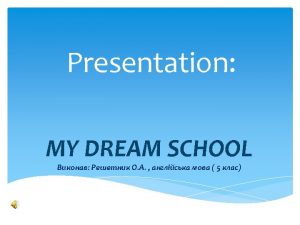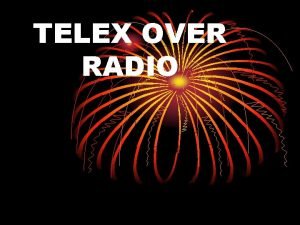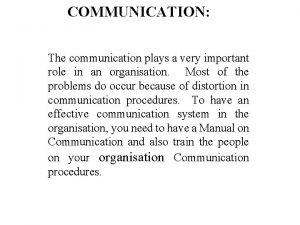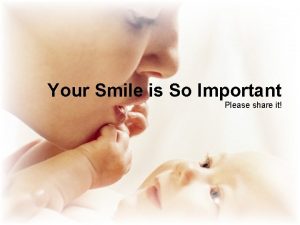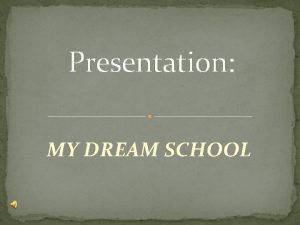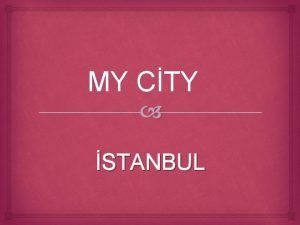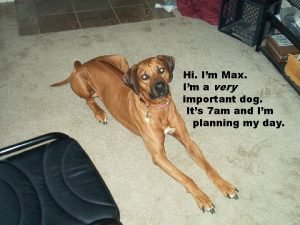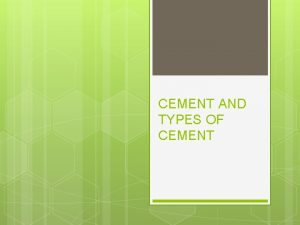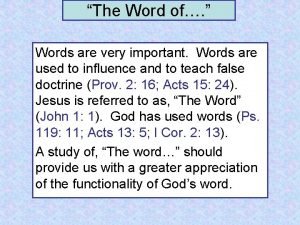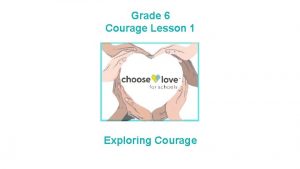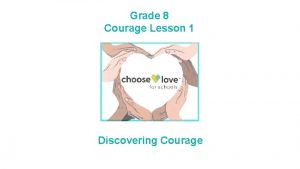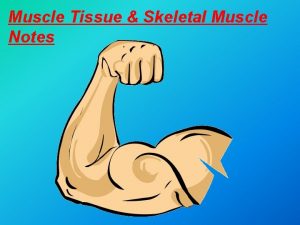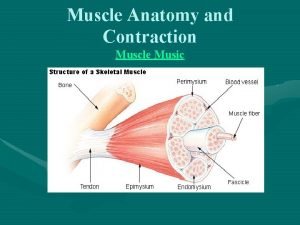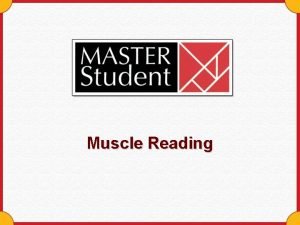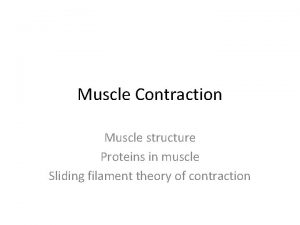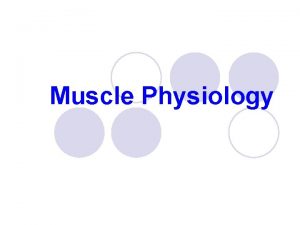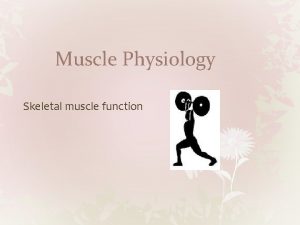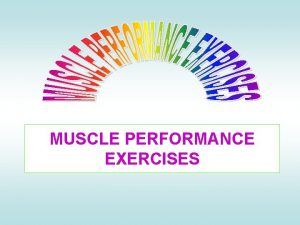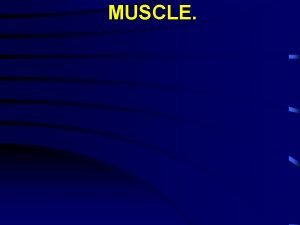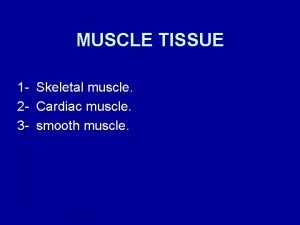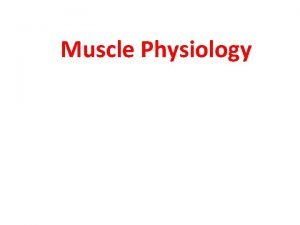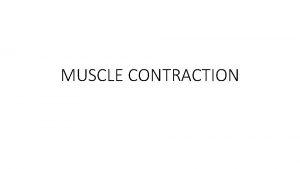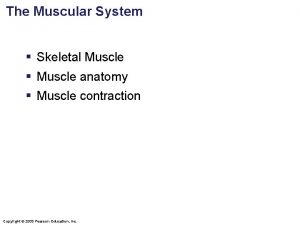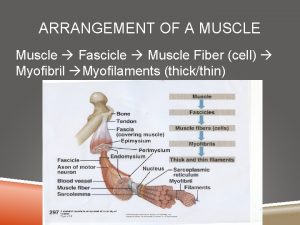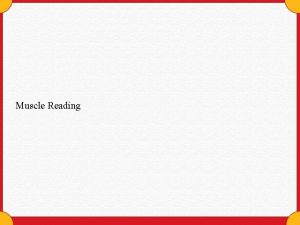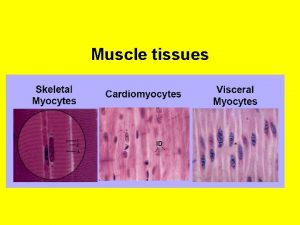Muscle Quick Facts Courage is very important Like




















- Slides: 20

Muscle Quick Facts “Courage is very important. Like a muscle, it is strengthened by use. ” -Ruth Gordon

What causes muscle cramps? • A muscle contracts with great intensity and stays contracted, refusing to stretch or lengthen again. • This is a change in the nervous impulse. • Minerals such as _______________________________play a key role in the transmission of these signals. • Imbalances of these minerals, as well as certain hormones, fluids and chemicals can cause muscle cramps. • ______________________________________________

Muscle Spasm • A ___________________ __ _____________contraction. • Feels like a tight knot. • Occur in muscles that are overworked or injured. • Rest and time resolve most muscle spasms.

How many muscles does it take to smile and frown? • _____ to smile • _____ to frown

What is the longest muscle in the body? • __________

How many muscles are involved in chewing food? • Four pairs of muscles in the face are involved in chewing (mastication). • They are some of the strongest muscles of the body.

How many muscles are in the fingers and thumbs? • ______________________________________ • The _______ that control these_______ are located in the hand forearm.

Which are the fastest muscles? • _______________ • Allow your eyes to move.

Smallest Muscles? • • ______________ Found in the middle ear. Thinner than a thread (0. 05 inches) in length. It activates the stirrup that sends vibrations from the eardrum to the inner ear.

Largest Muscle?

The Muscular System “Muscles come and go; flab lasts. ” -Bill Vaughan

Intro • There are more than _____muscles in the human body • Muscles are responsible for our breathing and eating • The beating of our hearts involved muscle activity

Muscle tissue What is tissue? ◦ _______________________________________ Muscle Tissue: ◦ Group of cells that ______ during contraction which creates tension and results in movement. muscle tissue can shorten by about ____ its resting length in response to nerve, nerve-like or hormonal stimulation.

Types of Muscles • There are three types of muscle in the human body:

Types of Muscles

Types of Muscles • Skeletal Muscle – _______________ – Attach ________, via Ligaments. – Voluntary • We have conscious control over these muscles • The brain tells them what to do – “________” or Striped Appearance • Series of light and dark • I bands = Light (Actin), A bands = Dark (Myosin)

Cardiac Muscles (only in the heart) • responsible for creating the action that pumps blood from the heart to the rest of the body • forms the heart’s thick wall (layers of interlacing cardiac muscle fibres) • _____________–they are not controlled consciously • are directed to act by the autonomic nervous system –contract spontaneously in association with special impulse-conducting muscle cells _______________________________________________ • cardiac muscle is also ________________ • definitive junctions between cells (intercalated discs) • a centrally located nuclei

Smooth Muscles • ____________________________________________________________ • centrally positioned nucleus, no cross striations • found in walls of organs with hollow cavities (viscera) and serve to propel material along the length of those cavities – Including blood vessels, hair follicles, intestines • contract more slowly than skeletal muscle tissue (sustained, rhythmic contractions –menstrual contractions and stomach cramps) • can remain contracted for longer periods of time • _____________– their spindle-shaped fibres are usually arranged in dense sheets.

Tendons vs. Ligaments Tendon: (skeletal movement) • tough bands of connective tissue that join -____________. • Ligament: – Attach ___________

Properties of Muscle Fibres • Irritability • Contractibility • Elasticity • Extensibility • Conductivity
 Quick find vs quick union
Quick find vs quick union The fan blade is speeding up. what are the signs of
The fan blade is speeding up. what are the signs of Very bad to very good scale
Very bad to very good scale Used to express very large or very small numbers
Used to express very large or very small numbers Very little or very few
Very little or very few Is a very shallow skillet with very short sloping sides
Is a very shallow skillet with very short sloping sides Quantifiers food exercises
Quantifiers food exercises School is very important
School is very important Radio telex stations
Radio telex stations Communication plays a very important role in
Communication plays a very important role in Your smile is important to us
Your smile is important to us Dream school assignment
Dream school assignment My cty
My cty Hi im dog
Hi im dog In cement hardening process instants are very important
In cement hardening process instants are very important Very important words
Very important words Smooth muslce
Smooth muslce _____ muscles run across the cheek.
_____ muscles run across the cheek. Example of a news story
Example of a news story Inverted pyramid in news writing
Inverted pyramid in news writing Least important to most important
Least important to most important







